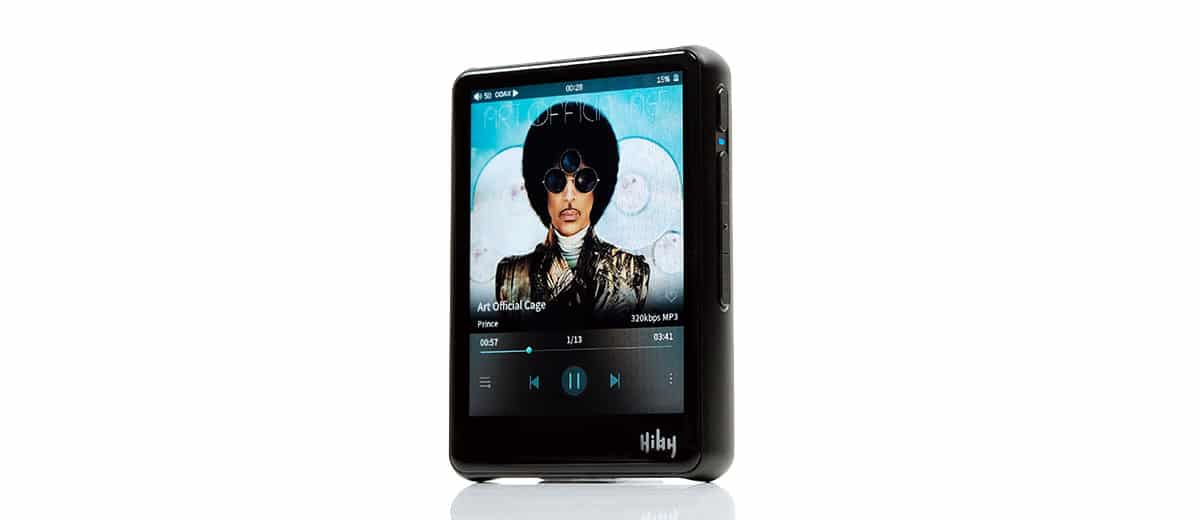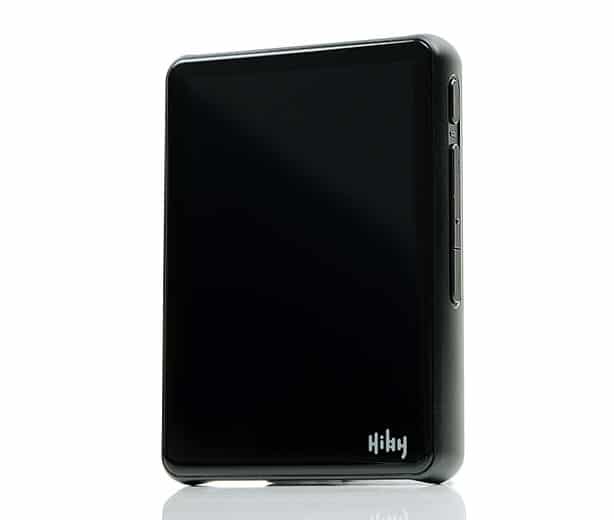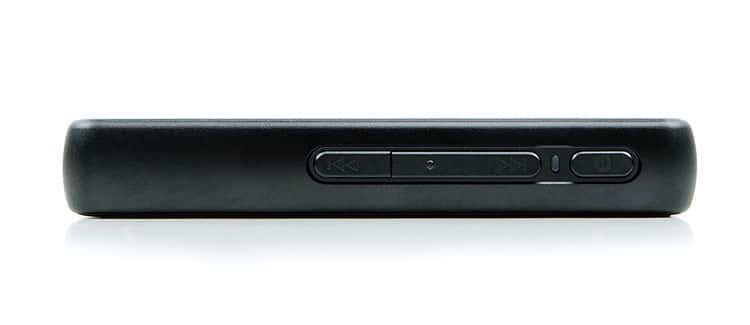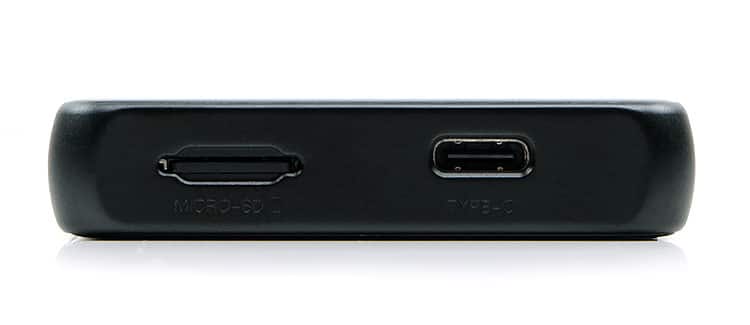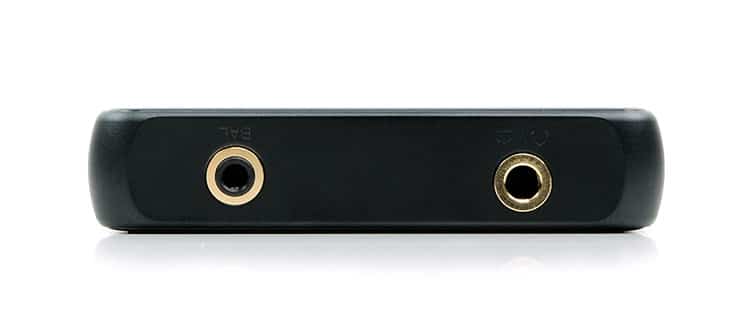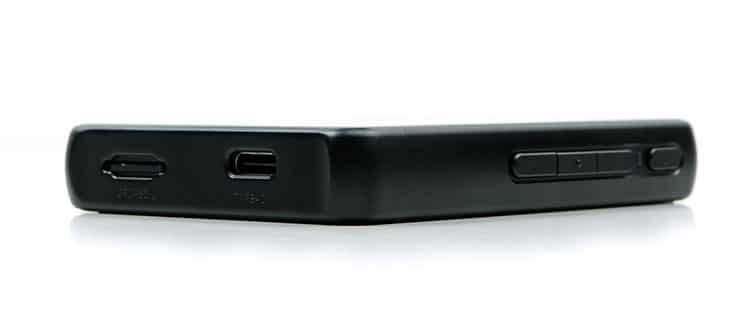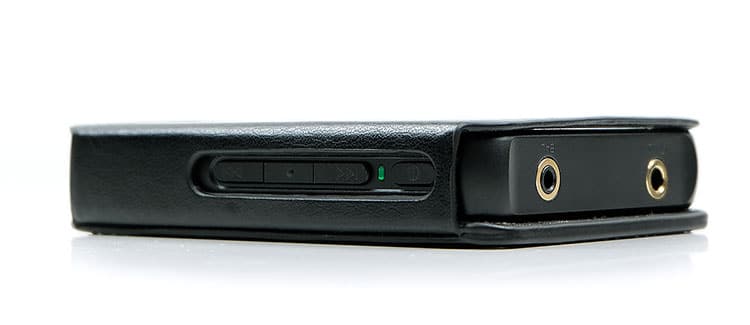The HiBy R3 Pro is the company’s second-generation mid-fi touch-capable portable media player installed with HiBy OS. It is priced at $199.
Disclaimer: The HiBy R3 Pro was sent to us as a sample in exchange for our honest opinion in this review. We thank HiBy Music for this opportunity.
To learn more about HiBy reviews on Headfonics you can click here.
Note, this review follows our new scoring guidelines for 2020 which you can read up on here.
It does not seem that long ago since I first saw the HiBy R3 at a show in Guangzhou over 2 years ago. The main attraction was the R6 but I had never seen such a beautifully compact form factor as the R3 before.
The original HiBy R3 launched via Kickstarter in early 2018 was immensely popular with a ton of modern features and an excellent ES9028Q2M DAC to boot for around $200.
This tiny DAP was at the forefront of a slew of equally tiny DAPs that followed not long after at budget-priced specs. It pretty much set the bar for what to expect at this price point and everyone has followed suit.
Now, in late 2019, HiBy has returned with an upgraded or “pro” version of the R3 incorporating many of the subsequent firmware changes applied to the original R3 plus plenty of new and pretty important hardware changes.
From the outside, it looks almost the same. On the inside, however, well that is a totally different story. The price? Surprisingly, not that different which is a welcome change in this rapidly inflating audio market.
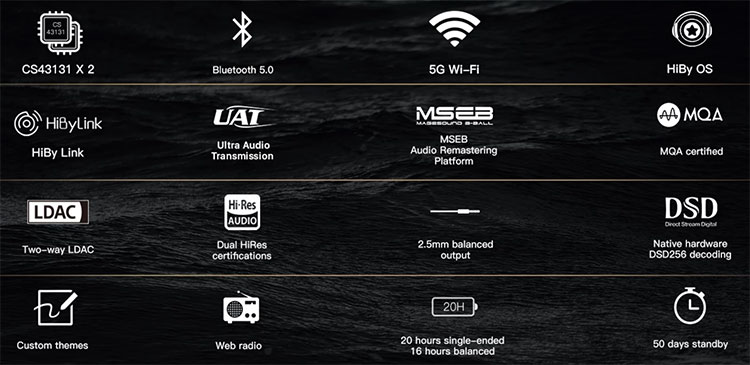
Tech Inside
New DAC
The new R3 Pro now sports a dual Cirrus Logic CS43131 DAC implementation. This is probably the biggest change from the original R3 ES9028Q2M build. Not only does it have an inbuilt headphone amplifier but moving to dual-channel will mean all sorts of superior noise reduction. The THD+N alone has dropped significantly from 0.003% unbalanced and balanced to 0.0007% and 0.0008% on the new R3 Pro.
Connecting that to the spec battery life and THD+N and there is a massive performance upgrade on the R3 Pro already compared to the R3. Battery life is now rated at 20 hours unbalanced and 16 hours balanced compared to 11 and 9 hours on the R3. Standby time is now set at 50 days which is incredibly good. Bear in mind the 1600mAh li-poly battery inside the R3 Pro is unchanged from the one inside the R3.
There is also no loss of decoding capability on the new R3 Pro with DSD256 and PCM 32BIT/384kHZ capability as well as the firmware developed MQA compatibility that was launched on the older R3 a few months back. The R3’s Qobuz integration is also featured on the R3 Pro
Upgraded amplification
The R3 Pro also seems to have had a boost in amping output, particularly with its balanced output power numbers. On a 32Ω load, the output increase via unbalanced is marginal from 56mW per channel to 60mW which might suit those with efficient monitors. However, balanced has shot up from 112mW per channel to 220mW which is significant, especially with those ‘on paper’ lower noise performance numbers.
The lineout performance is now up to the right standard for me for use with desktop and portable amps line inputs. You get an increase from the weaker R3 1.1V LO to 2V using the 3.5mm from the new R3 Pro. This should improve dynamic range and volume control also from your chosen amplifier.

Upgraded Wireless
The Bluetooth performance has been given an upgrade also on the R3 Pro. It is not classed as Bluetooth 5.0 capable, up from the BT4.2 rating on the original R3. I suspect a new Qualcomm chip inside though it is not yet listed by HiBy as to which exact chip upgrade.
Codecs also get a boost with the introduction of UAT from the previous R3 firmware updates. This is HiBy’s proprietary codec that should be better than LDAC with up to 192kHz sampling. I say ‘should’ because I do not have a UAT capable receiver here to test that out. Still, everything is there from the legacy R3 updates such as HiByLink, LDAC, and aptX. Still no aptX HD though.
WiFi has also got a bit of an upgrade. The original R3 was only 2.4G capable whereas the R3 Pro now supports both 2.4G and 5G. That should be an assist for those looking for faster and more stable transfer rates over shortish distances. Definitely a worthy dovetail feature for HiBy’s streaming features that rely heavily on WiFi such as TIDAL and “Import Music via WiFi”.
Design
I have been combing over the R3 and R3 Pro units here at a macro level to see if there have been any external design changes and to be frank, I could only find one difference, the 2.5mm socket. On the original, it is a rubber encasing around the socket whereas on the R3 Pro it now matches the 3.5mm TRS socket with its gold plating enclosure.
Apart from that, it is the same compact dimension at 82 x 61 x 13mm and 95g in weight. The R3 Pro also uses the same materials and finishing including a smoothly contoured aluminum alloy chassis, a beautiful tempered glass panel rear, and the striking 2.5D cornered LCD IPS touch display. Still, for me, one of the best touchscreens in this class of DAP at this price point.
Screen
This is the physical star of the show. It dominates everything else and rightly so considering the big pitch is a touch-sensitive HiBy OS. This is a 3.2″ IPS TFT display sitting in nicely behind a 2.5D glass screen protector. The legibility and viewing angle is massive and for such a small screen it is really very easy to read and use via touch.
The reduction in the bezel width is the same as the original R3 and does enhance the attractiveness of the R3 Pro display. It is not totally borderless, there is some more depth of bezel at the bottom compared to the top. However, I recommend picking the black color version of the R3 Pro as it blends in better with the LCD and enhances that borderless feel.
Controls
HiBy has also kept the physical control rockers for volume and playback control as well as the power/screen on/off functionality on the left and right panels.
The physical controls are slimline and discreetly embedded on each panel with just enough tactile presence to find them but they do not stick out enough to disrupt the smooth cut aluminum panel lines. There is also no change in the digital IO and memory storage location and capability.
Expansion Capability
The R3 Pro still uses the R3 USB-C connection for USB-DAC, OTG and charging capabilities as well as a single microSD slot. Anyone hoping for a magical appearance of onboard memory for the R3 Pro will be disappointed.
However, as before, there are no theoretical limits to external memory card capacity or OTG capable powered external HDD usage. You can go ahead and stick in those 1TB microSD cards or 10TB externally powered HDD drives and they should all work. testing with a 64GB generic microSD card was smooth for scanning with immediate software recognition.
Wireless will also enhance your virtual storage options via DLNA/AirPlay, bi-directional BT access to other storage devices and of course, TIDAL streaming.
I/O
The R3 Pro also retains a similar analog output capability from the R3 on the top panel. The jacks include both 3.5mm single-ended and 2.5mm TRRS balanced and both have a rated output impedance of less than 1Ω. The rating levels have considerably improved, however with a higher mW rating for LO balanced and unbalanced, (see page 2 Amp section for more detail).
The R3 Pro LO has also been improved over the original LO of the R3. It is now rated at 2Vrms compared to a ‘too-weak’ 1.1Vrms LO from the 3.5mm output but it is still not a true line-out as was the case with the R3. Still, the R3 Pro LO performance is snappier with better volume and dynamic range compared to the LO of the R3.
Wireless
Upgrades
HiBy has also upgraded the wireless experience on the R3 Pro over the original R3 launch in two key areas. The first is WiFi with the addition of 5GhZ as well as 2.4GHz for dual-band compatibility. This is compared to the previous R3 which only has a 2.4GhZ receiver.
So long as your router and broadband speed are compatible, 5GHz will provide a faster data rate at a shorter distance. 2.4GHz will offer coverage for farther distances but may perform at a slower speed. With the R3 Pro, you are now covered for both options and it should improve potential compatibility for streaming on the R3 Pro.
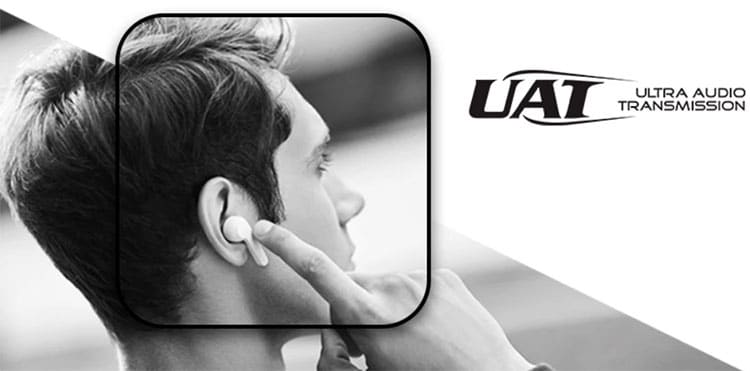
The second is UAT in their BT decoding capability. Now the original R3 also has UAT added via firmware, (V3.1 and V3.2 Sept 2019) so this is a comparison between the original out of the box experiences. UAT is on top of the existing LDAC, aptX, AAC, SBC codecs and a proprietary HiBy codec. If you happen to have a W5 Dongle then you can experience UAT in all its glory.
UAT stands for Ultra Audio Transmission and can transmit a maximum of 1.2Mbps (LDAC is maxed at 990 kbps) to the W5 with up to 192kHz sampling frequency (normally below 96kHz). Stability and distance may well be a factor here, however, James has our W5 So I cannot test just how good that is. LDAC will be our go-to testing and comparison on Page 3 of this review.
HiByLink
HiBy has also retained the always improving bi-directional HiByLink service on the R3. This is only available if you have and use the Android HiBy Music app on your smartphone.
By setting up the R3 Pro as a HiByLink Server and the Smartphone as HiBy Link client you can effectively control the R3 Pro remotely (Bluetooth connection is automatically done during the setup process). This is ideal for those who have their hands constantly on their smartphones but want to control the R3 Pro from a short distance on their desk or in their pocket if on the go.
During this setup, you can browse the R3 Pro’s media library, operate playback controls, adjust volume, and scan for media. You cannot operate the R3 Pro settings or its DSP/EQ functionality.
Battery Life
A big improvement on the battery life specs on paper from the same 1600mAh li-poly battery used in the R3. I am presuming the switch to the new Dual CS43131 chipset is one factor in the improved numbers.
In any event, we go from the R3’s 9 hours balanced and 11 unbalanced to a very competitive 16 hours balanced, 20 hours unbalanced and 50-day standby time. That is almost Sony DAP performance levels in terms of battery life and they usually are one of the strongest. It is also better on paper than the Shanling M0 at 12-15 hours and FiiO’s M5 at just over 11 hours.
Since I have been testing the R3 Pro I have seen a longer battery life than the R3 for sure. Actual times will depend on your usage. For regular FLAC playback and the screen off for most of the time and no DSP, I was getting around 16-17 hours unbalanced on a 16-20Ω load, (IEM). I suspect MP3 would get me a few more minutes but my reference stuff is rarely MP3.
I got a fairly sizable drop in the battery life for balanced or higher loads and a drop again when using WiFi for streaming and BT combined with MSEB. Might have been under 13 hours for balanced but I think BT drains my battery the fastest. I am not the world’s greatest battery watcher and I tend to poke and graze me collection quite heavily so YMMV.
Charging
I do not see any mention of quick charging capability in the R3 Pro manual. With the same battery size and USB-C charging functionality, it should be around the same charge cycle time as the R3. That’s around 3 hours for me from 0% on a 0.5A laptop USB-A port, possibly shorter from a higher spec wall charger equivalent.
Packaging & Accessories
The R3 Pro, like the R3, is a relatively basic unboxing affair. It comes in a small white two-piece retail box and a neatly packaged dual-layer foam protector with the R3 on top and the accessories below.
I am fine with that apart from the included hardshell transparent case. It is a little basic for me and I have never thought the R3 was as robust DAP with that glass rear panel and exposed LCD screen. There is some good news, however. The optional R3 leather case fits the R3 Pro perfectly and I would advise you to buy that because it is an excellent little protective case.
The R3 Pro accessory list also comes with a couple of screen protectors with one pre-applied on the rear that you simply peel off the top layer and you are good to go. Essential stuff if you ask me. The front one was not pre-applied however. I can only presume choice here as not all screensavers work that well with 2.5D curved glass and you may not wish to apply one.
Apart from those, you get a really nice nylon-jacketed gold-plated USB-A to USB-C cable for charging and data transfer and an assortment of Certificate, instructional and warranty guides in black.
Click On Page 2 below for Hardware & Software Performance

